|
After hearing all the fuss about sound
decoders, and also the Märklin locos with sound, I thought I should at
least get one ESU LokSound decoder and try it.... The decision to
get on with it was made out of sheer curiosity and I accepted the rather
high cost as a kind of "educational expense"....
The material I used
- One BR 85 Loco, Märklin 33081,
originally with a Delta decoder.
- One ESU D1 decoder, which has sound
and can be run with both DCC and Märklin Motorola digital
protocols. It has "load dependent cruise control" as a
Märklin 6090 or Lenz LE130 (DCC) and it can be set for use of 14 or
28 speed steps, 28 of course only applicable if you run a DCC
layout. It comes with a 23 mm speaker and a "cup" (sound
chamber) as default.
- One 28 mm speaker, since I ordered
one extra with the decoder. "The bigger the better" was
the logic behind this... :-)
- The motor of a 6090 kit I had at
home
- Some drops of acrylic
"super-glue" to mount the decoder & speaker
- I also used a Dremel tool to mill
some plastic
What I started with
You can here see the 33081 loco, the complete ESU D1 decoder (wrapped in
plastic film), and the extra 28 mm speaker I had ordered.
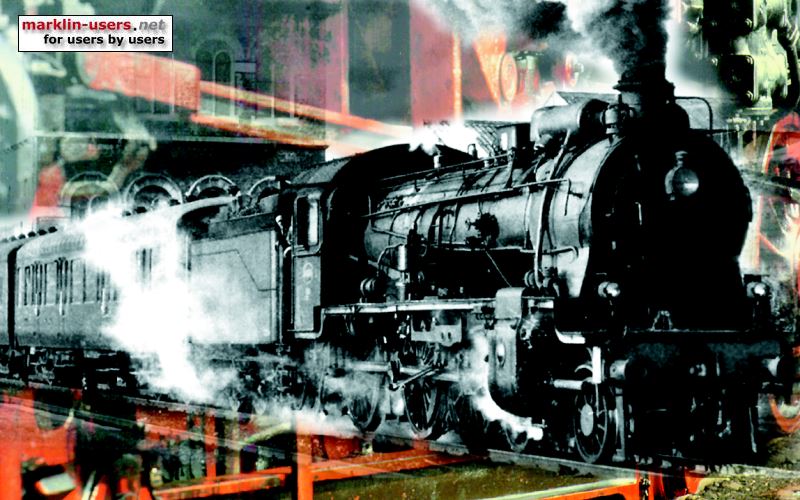
The difference of the standard 23 mm
speaker and the 28 mm one.
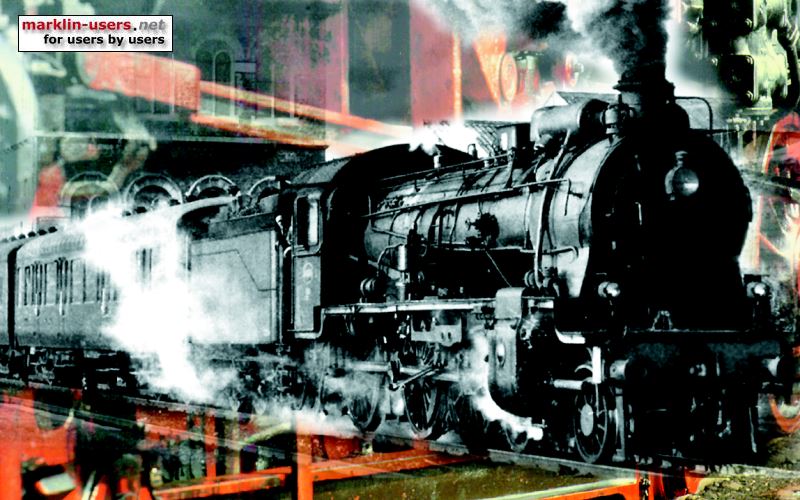
Phase one
Ok, I have the materials, you can see the 6090 kit at the top of the
picture. The loco has a Delta decoder and a normal Märklin DCM motor,
these will have to be ripped out totally. You can also see where I have
planned to place the 28 mm speaker.
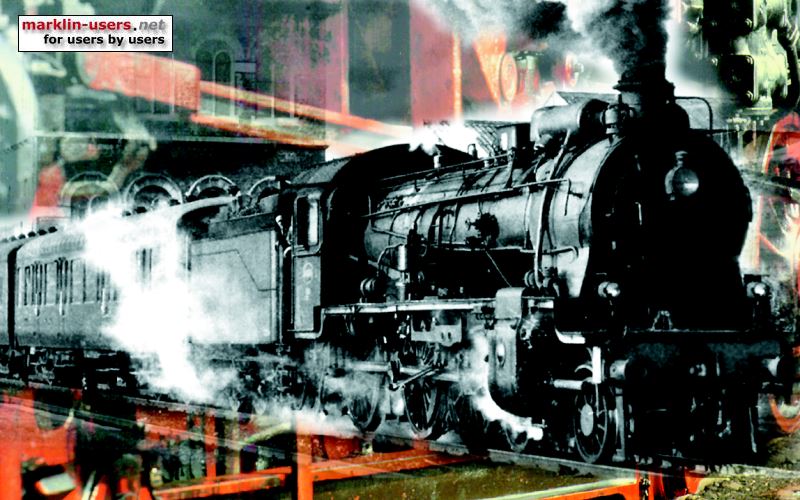
Stripped bare naked
As you see in this picture, I stripped the chassis of the old motor and
the Delta decoder. Only the red pickup-shoe and brown chassis ground
wires remain.
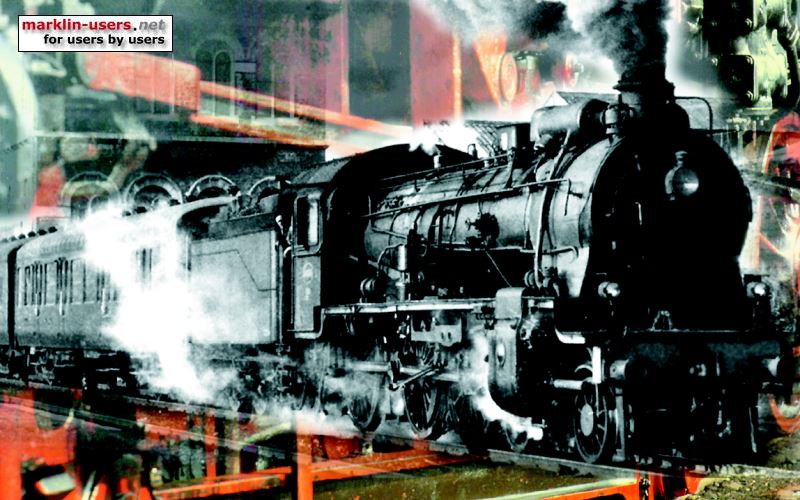
Stuff is mounted
I used acrylic glue to fix the decoder into the cavity of the boiler,
and also to fix the speaker to the body. The reason for choosing the BR
85 Märklin model is primarily that it has space enough internally to
house the decoder & speaker. Another good starter model to do your
first conversion with the ESU decoder would be e g the Märklin BR 86
(3396, 33961) model which has a plastic housing with lots of space in it
(and Telex couplers which the ESU can control)... The ESU decoder
actually takes a lot of space since it is longer than the Märklin
standard format and this can cause problems in smaller locos... On
the other hand it is narrower and can be squeezed into other places than
a decoder would normally go. As you also can see in the picture, the
motor from the 6090 set has been installed in the chassis.
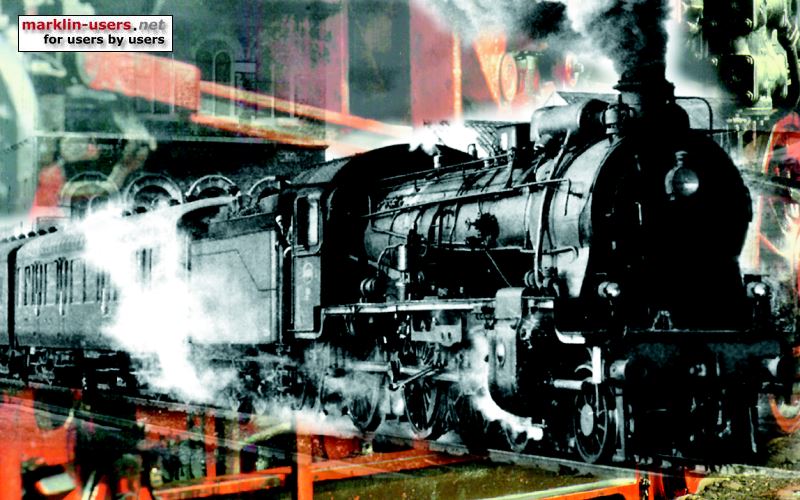
Speaker mounting
Here you can see the 28 mm speaker mounted to the body of the loco. If
you look carefully you can see I have milled some plastic off to get the
speaker high enough so it will not touch the chassis. It is recommended
to have a sound chamber behind the speaker, ESU have these custom
plastic cups you can add, but this was not possible in this
case.... I will have to try to do some kind of sound chamber
later...
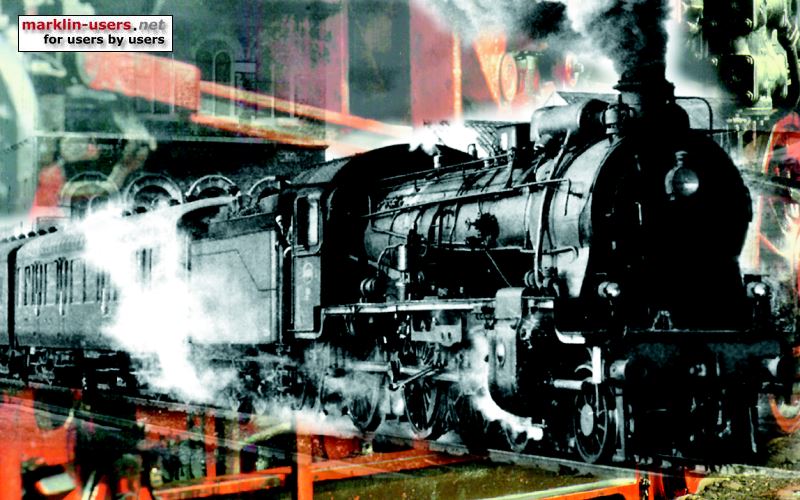
Programming the decoder
Now here we come to the tricky part..... If you wish to run
the decoder on a Märklin digital layout, you cannot change anything but
the loco address if you "only" have a 6021 Control
Unit... The decoder can be programmed with the software that
ESU sells with the "Programmer" kit which also is rather
expensive... You will then need a computer to be able to do it. It
can also be programmed with other equipment that supports DCC CV byte
decoder programming. Luckily I use the Intellibox (IB), so I have the
opportunity to program the decoder in DCC CV byte mode... But it
is a rather tedious process and if you plan to get a lot of the ESU
decoders, maybe the "Programmer" kit that ESU offers might be
worth its price..... If you wish to have the CV's I set to get it to
sound somewhat credible, please mail me, the "webmaster"..
Observations & conclusions
made
The day after I had programmed the decoder, I took it with me to a
railroad friend so we could compare it with the Märklin Insider BR 10.
The friend seemed to like the ESU very much, since it sounded quite a
lot more "credible" than the BR 10. He also remarked that I
should have made a NEM decoder socket wired to the motor and lights and
plugged the decoder into that... Of course he was totally right
about this, since the decoder was glued into the boiler and the body and
chassis of the loco are now connected by the decoder cables into
eternity... I
didn't even think of it while making the installation since I am
normally used to 6090x decoders with free wires... Next time I will have
it in mind.... However, the sound is great if you get it right, and is worth the cost
if you can afford the decoder and wish to have credible steam sound. What is not so great is that the
"load dependent speed regulation" is not at all so smooth as
the Märklin 6090x decoders, it's kind of "jerky", like the
Lenz LE130 if you look closely. Seems like it is designed for
"flywheel" motors.... But if you choose to use the default EMF
regulation frequency of 20 kHz instead of the "normal"
Märklin or Lenz 80-90 Hz EMF frequency, you have a *very* silent
Märklin motor, which is rather amazing.....
What's next ?
Well, since there are cables to connect a sensor so you can synchronize
the sound with the wheel turns, this is obviously the next step make it
perfect. ESU gives an example with a reed-contact + a mini-magnet on a
wheel to trigger the reed-contact as a way to do it, and this is probably
the easiest way to do it. But why aren't these cheap parts
included with the rather expensive decoder ??? You will have to find
them yourself in the nearest electronics store.....
|





